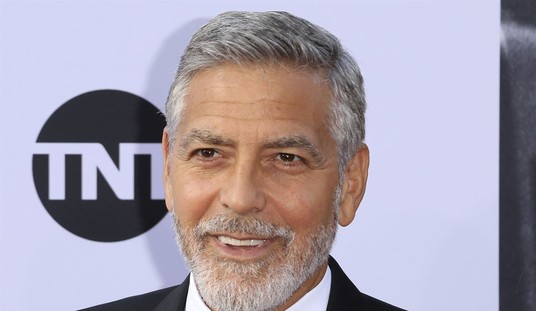Poynter commissioned a poll by Zogby to determine how Americans view the coverage of the wars in Iraq and Afghanistan, and the news isn’t good for the American media. While 75% of the public feels well-informed, only 18% of them feel the American media have done a good job in providing that information. What’s missing? All the news that doesn’t bleed:
A new study commissioned by The Poynter Institute to learn more about Americans’ views on Iraq war coverage reveals that of the 8,683 adults surveyed earlier this month, 75 percent feel well-informed. But the majority of readers, viewers and listeners say they are still far from satisfied with the coverage.
Among participants of the online survey, conducted by Zogby International, 47 percent described the coverage as “poor” and 33 percent rated it “fair.” About 16 percent called it “good,” while 2 percent regarded it as “excellent.” Of those surveyed, 90 percent describe themselves as active consumers of news. …
The study reveals a deep dissatisfaction with war coverage and provides information journalists can use to learn more about what the public wants.
The survey, which was funded by the McCormick Foundation, provides a breakdown of the war-related topics participants consider “very important.” Three-quarters consider coverage about stateside medical care of veterans very important. Fifty-six percent said stories on post traumatic stress disorder were very important. Participants also considered medical care the topic they have read and heard about most, followed by post traumatic stress disorder and the war’s economic impact.
What stories have the mainstream media missed that their consumer want to read and see? Positive and localized stories. According to the survey, the top stories that the media have mostly missed are:
- Information about the Iraqi government
- Stories about the Iraqi people
- Stories about returning soldiers
Poynter says that these results reflect a “tension” between media outlets and their consumers, but an 18% positive rating hardly qualifies as “tension”; it’s a collapse. To give an example, George Bush has higher ratings than the media for the war coverage. Congress has higher ratings. The media loves to obsess on those numbers, but somehow neglects to apply a little introspection on their editorial decisions.
And guess what came in last on stories the public wants more focus: casualty reports. This will come as a shock to the AP, which has spent the last several weeks churning death counts on a daily basis for the wire services. Every time an American soldier dies, the AP puts the new count into a headline. Newspapers have ignored this for the most part; perhaps they had already sensed that readers dislike this coverage.
The data has reopened the question of investment in foreign coverage. Media outlets mostly closed down their Iraq bureaus, but the sharp disapproval may have them reconsidering that decision. As the conflict settles down in Iraq, foreign journalists may find it easier to operate bureaus in and out of the Green Zone anyway — and their consumers can finally get the balanced perspective they seek.








Join the conversation as a VIP Member